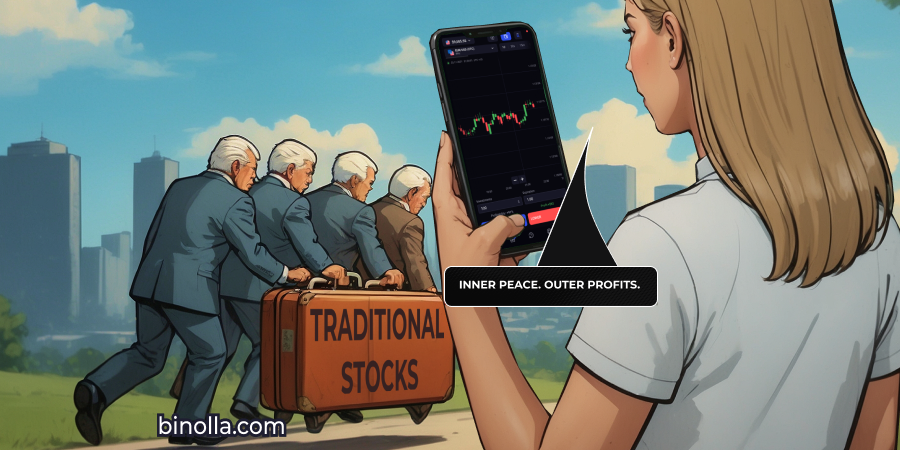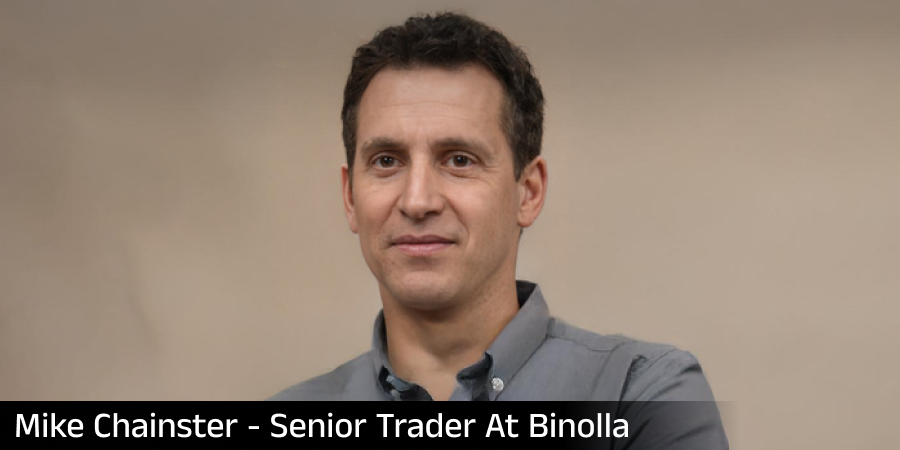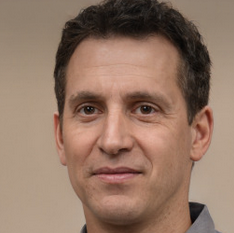Top 22 Books To Improve Trading Skills
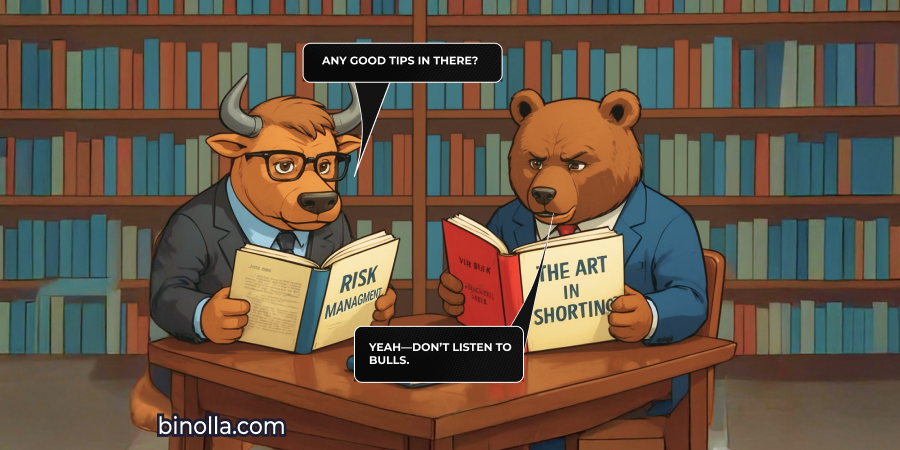
Experience plays a huge role in trading, but learning from someone else’s path is extremely useful. This is where books come into play. Whether you are new to trading or have already got some experience, reading books may help you review your entire career in the financial markets. By doing this, you will be able to avoid costly mistakes as well as sharpen your entire approach to trading. While some of the books may seem already outdated, they are still relevant as core principles of trading remain intact. In this article, we have brought together all the most interesting and popular books about trading that every trader should read to shape their skills.
Contents
Technical Analysis and Charts
The first part of this article will provide you with information about a collection of books written for those who want to improve their skills in technical analysis and reading of charts. The main idea of using technical analysis is to be able to read price charts, find price movement directions, identify key levels, and even find entry and exit points for trading both digital options and CFDs. In this section, you will find a description of five useful books, which will definitely help you improve your technical analysis skills.
Technical Analysis of the Financial Markets (John J. Murphy)
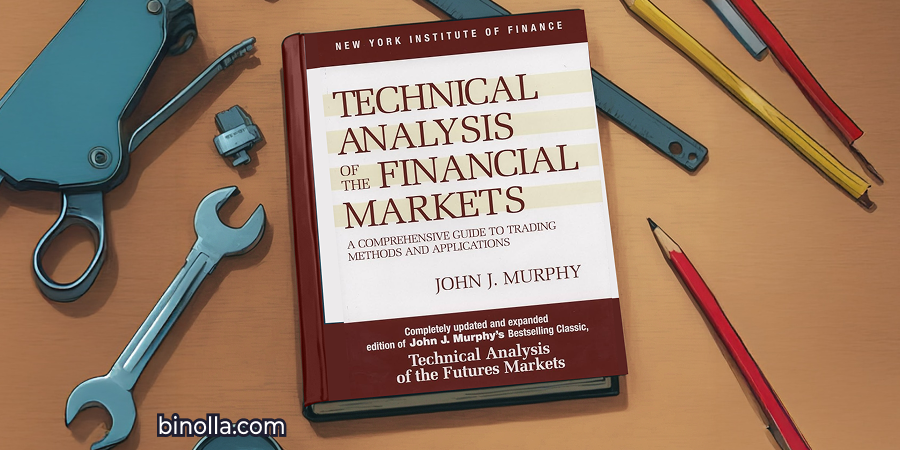
Written by a former analyst at CNBC and the head of Meryll Lynch’s technical analysis department, the book can be your definitive guide to the world of trading and chart reading. It delves into basic chart formation and offers some interesting price patterns that may reshape your trading experience.
The book is more like a guide or even a textbook that both beginners and those who have already had some previous experience can use. By reading it, you will be able to build knowledge in technical analysis and even create your own strategies based on patterns and various technical indicators.
Japanese Candlestick Charting Techniques (Steve Nison)
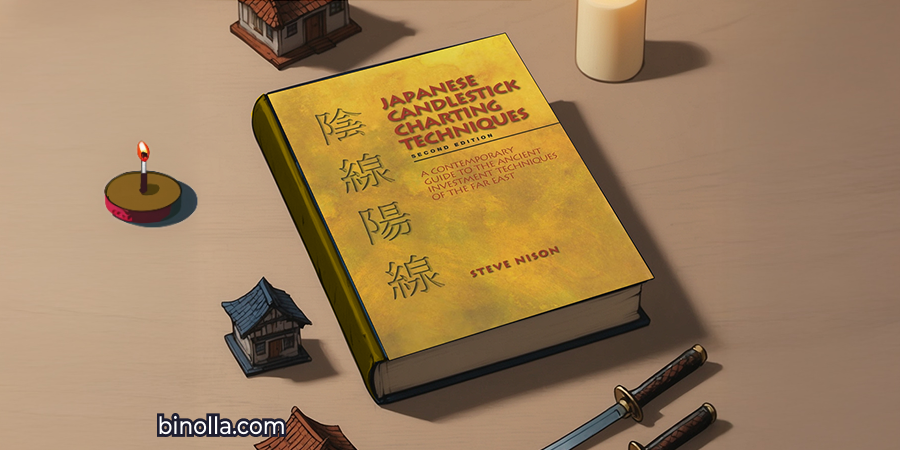
SEO and founder of Candlecharts, Steve Nison, is famous for introducing Japanese candlesticks to the Western world. All that we currently know about this type of chart, including various strategies based on a single candle or a combination of candlesticks, is attributed to this person.
In his book, Steve Nison explains the basics of this type of chart and also delves into various types of patterns. Everything is explained in a very straightforward way so that even beginners can easily grasp the information and start using candlesticks in their trading routines. The book includes doji, engulfing patterns, famous hammer and shooting star formations.
Encyclopedia of Chart Patterns (Thomas Bulkowski)
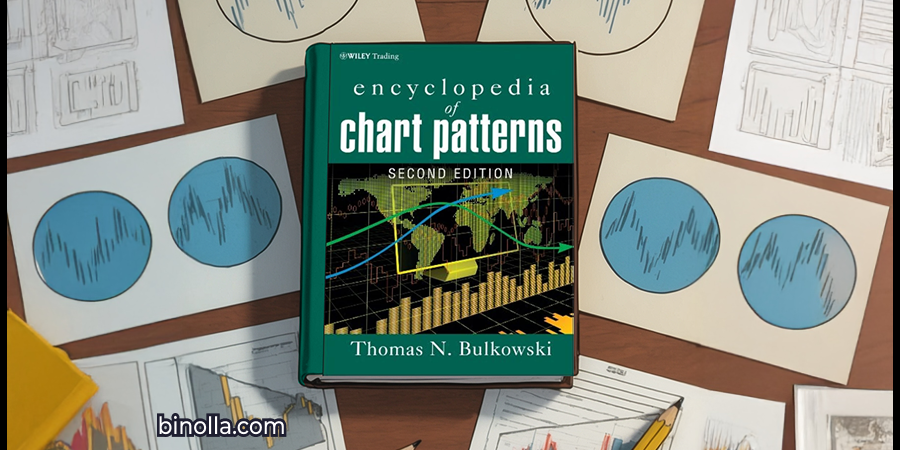
The author stands out from many others for being able to change his life by joining trading. He was an engineer who tried his skills in the financial markets and succeeded. T.Bulkowski is a great example of how people may make important decisions and start trading even without having a previous background.
The book is a true encyclopedia that brings you statistics about almost every pattern in trading. The famous trader goes beyond such standard patterns as H&S or triangles. He tells readers about the psychological basis of each pattern and, therefore, provides them with a useful insight that will help not only find formations on charts, but also understand the reasons for price fluctuations.
Moreover, by reading this book, you will understand which patterns can be considered reliable and which ones should be skipped to avoid false signals.
Technical Analysis Explained (Martin J. Pring)
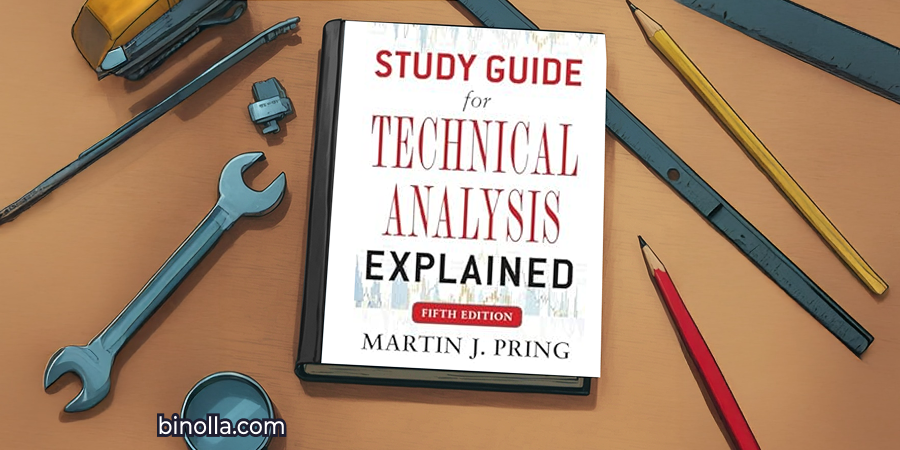
That is. The book under this simple title tells you about technical analysis in the most straightforward way. The founder of Pring Research, a globally recognized specialist in technical analysis, will give you insight into the psychology of market cycles and market participants’ behavior. The author shows the interdependence of emotions, sentiment, and price fluctuations.
The book is dedicated to beginner and intermediate traders who want to go beyond recognizing patterns on charts. Martin J. Pring explains price action in the most simplistic way, covering such important subjects as momentum, volume, trends, and many others.
Come Into My Trading Room (Dr. Alexander Elder)

Dr. Alexander Elder is another example of how a person who was far from financial markets can become a successful trader. The psychiatrist moved to America and started his way to financial success by trading in the financial markets. Elder is also famous for creating the famous Triple Screen Trading system, helping traders to avoid false signals and make their trading very effective by using the multi-timeframe approach.
The book is for intermediate traders who want some fresh ideas and are looking for more information on how to create their own trading plan. If you want to make trading something more than just a hobby, then you must read this book.
Trading Strategies and Systems
Building a reliable strategy is one of the aspects that will help you turn into a successful trader. A strategy will help you build a robust system and separate randomness from intentional execution. In this section, you will find some interesting books from practical traders who chare their systems and methods that really work.
How to Make Money in Stocks (William J. O’Neil)
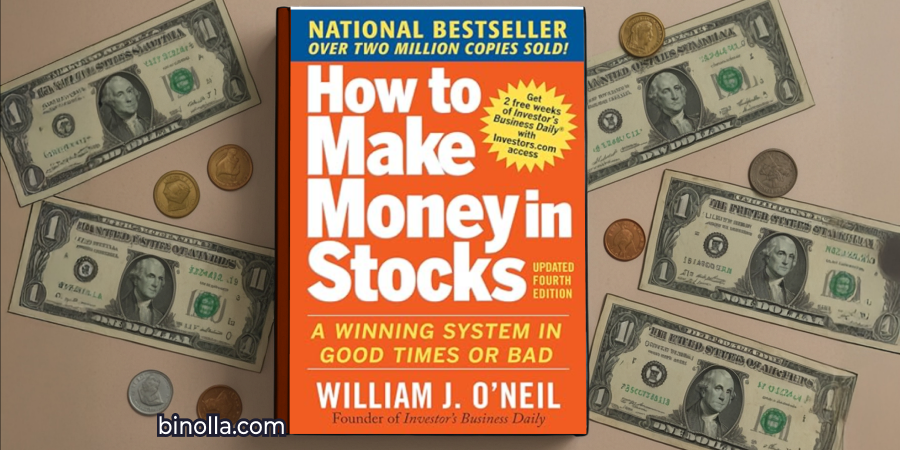
While the book is written based on share trading, it will be useful to all traders regardless of what types of assets they trade. The founder and Investor’s Business Daily and a famous investor shares his own experience in fundamental and technical analysis. In this book, traders will learn how to find assets with high growth potential, manage risk, and identify entry and exit points in the most effective way.
It will be especially interesting to intermediate traders who already have some basic knowledge in trading but want to deepen it and sharpen their skills. It will teach you how to structure your trading routine without overanalyzing each particular price tick.
Quantitative Trading (Ernest P. Chan)

Data scientist at Morgan Stanley and other hedge funds, Ernie Chan, shares his experience in quantitative trading. By reading this book, you will learn more about backtesting, strategy development, and implementations of various tools and programming languages in testing various systems.
It will be especially useful to those who want to improve their results through mitigating the risks of emotional impact on trading. Moreover, those who want to refine their skills in building trading bots.
The Art of Trading (Christopher Tate)
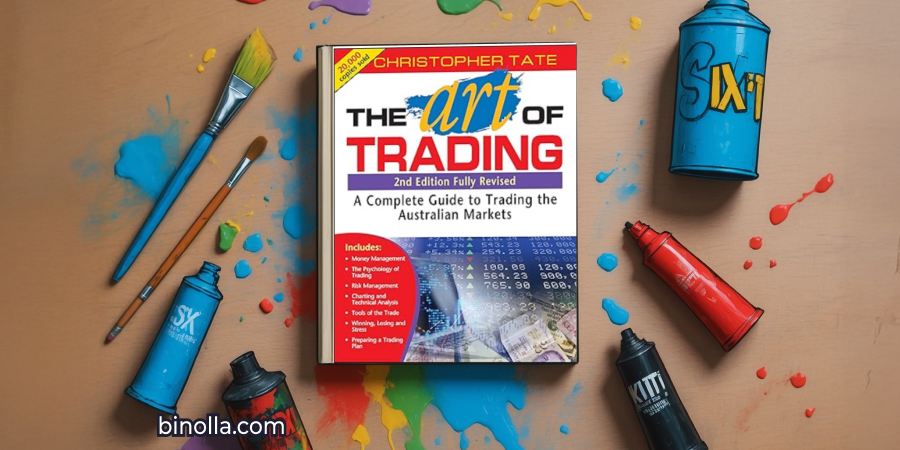
Christopher Tate is a famous retail trader from Australia who is focused on simplicity and discipline. In his book, he teaches traders how to develop a framework based on price action, risk management, and discipline, the three pillars of successful trading. Similar to previous books, this one is dedicated to those who have already had some experience, helping them create a trading system that will match their personality.
C.Tate does not focus on some modern indicators. He teaches traders to be consistent. Along with technical analysis, the retail trader from Australia emphasizes the importance of the right mindset for trading.
Street Smarts: High Probability Short-Term Trading Strategies (Linda Raschke)
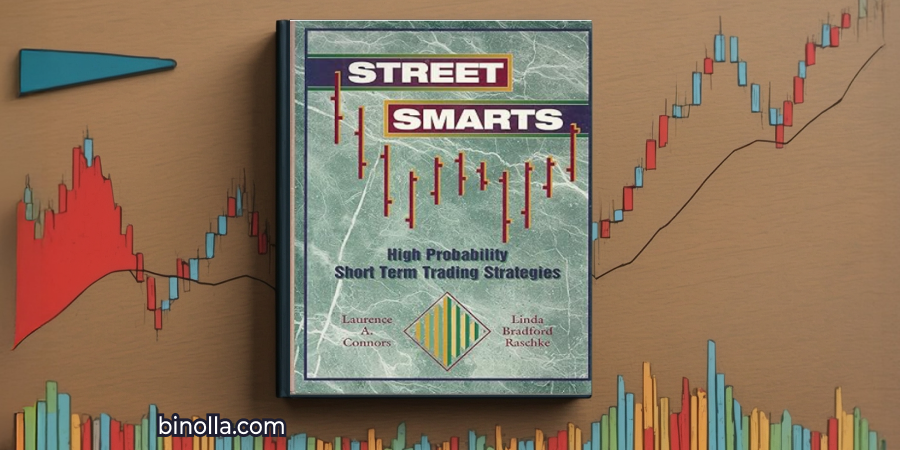
Linda Raschke has been a professional trader since the 1980s who mastered short-term trading and practices swing trading strategies. In her book, which was written in cooperation with Larry Connors (who is also a legendary short-term trader by the way), she reveals a lot of interesting trading setups that were tested by both authors. The Momentum Pinball, Turtle Soup Reversal, Anti, and a lot of other interesting approaches a presented with a detailed description there. Apart from the explanation, L.Raschke provides some information about which conditions and market context these strategies can be used.
The book is practical and will be a good manual for intermediate traders who are familiar with technical analysis. By reading it, you will have an opportunity to get ready-made strategies and start using them in your everyday trading routines.
High Probability Trading (Marcel Link)
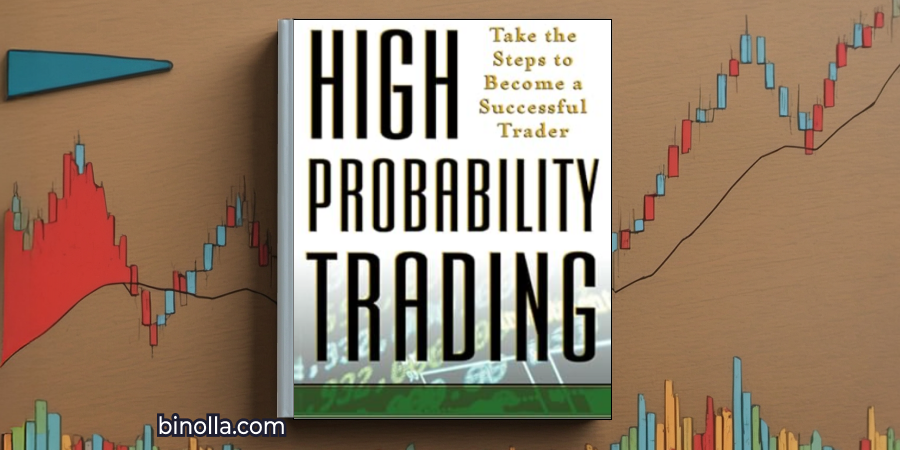
A famous day trader and author provides readers with insight into what it takes to become a professional trader. The book caters more to newer traders as they will have their first real-world trading advice there. Moreover, this book will be a good read for traders who have blown up their accounts and want to get back to trading.
By reading it, you will learn more about what it takes to become a successful trader. The author focuses on the process of building your own system and avoiding mistakes. Also, he describes the habits that will be useful for trading.
Readers will discover more about how to prepare themselves for each particular trade, manage their expectations, and record the outcomes. This book will be especially useful for those who want to understand why they continue losing money instead of making consistent profits.
Risk Management & Position Sizing
Risk management is among the most important aspects in trading. You can’t become a successful trader without the ability to balance between profits and losses. Professional traders know how important it is to protect their capital and be able to set proper position size. The books in this section highlight various aspects of risk management that should be learnt to improve your trading results.
Trade Your Way to Financial Freedom (Van K. Tharp)
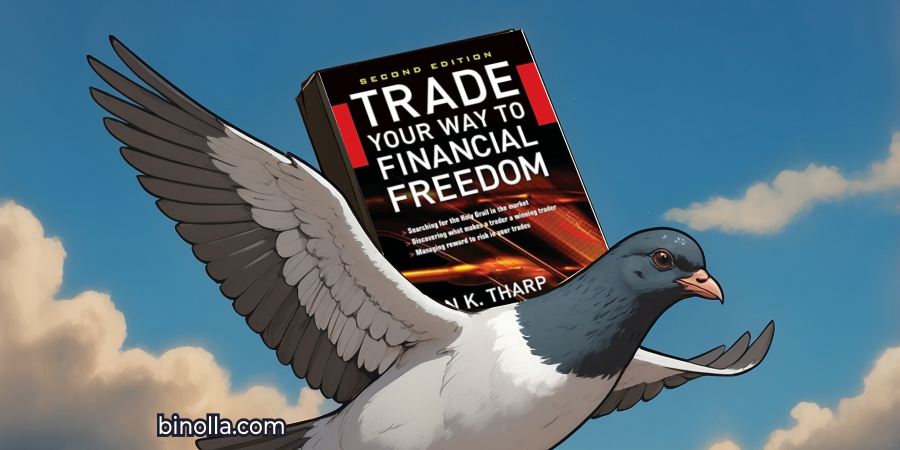
The author is a trading coach and trading psychologist who focuses on position sizing and various risk models. The book, which is, by the way, useful to all categories of traders, covers risk and psychological design in trading. While it may seem that Van K. Tharp focuses on money, the truth is that this is a kind of a guide to a risk-adjusted approach in trading.
The R-Multiple, introduced by the author, allows traders to measure their risk-to-reward approach. Apart from this, Van K. Tharp delves into traders’ psychology and system compatibility. Not all strategies will be suitable for a particular trader, and by reading this book, you will understand why. Also, you will grasp the principle saying “risk manager first, trader second”.
The Hour Between Dog and Wolf (Dr. John Coates)

A neuroscientist and former Wall Street trader (Goldman Sachs) explores the dependence of decisions that traders make and their psychology. While the book does not cover any practical trading strategies, it may be interesting to intermediate and even advanced traders who want to understand how their hormones affect their entries and exits.
The author uses his own trading experience, together with science to tell readers how the human body responds to various trading situations like winning and losing. Moreover, by reading the book, you will learn how these reactions may lead to various emotional responses like fear, overconfidence, gree,d and, what is even more important, result in performance volatiltiy.
Risk Management and Financial Institutions (John C. Hull)

A professor of derivatives and risk management at the University of Toronto dedicated his book to professional traders or those who study finance. By reading it, you will learn more about risk management in trading, including credit and market risks, models like Value at Risk, etc.
The book delves deeper into math and regulatory thinking behind risk, which is a great opportunity for traders to better understand this aspect in trading. If you want to improve your performance and become a professional trader, then reading the book may be a great idea.
Against the Gods: The Remarkable Story of Risk

Peter L. Bernstein is a famous economic historian and financial theorist who wrote a book about the history of risk. It covers a long distance from ancient times to modern financial markets. The author demonstrates how risk management evolved through the minds of economists and traders of the past.
By reading this book, you will have a deeper understanding of how human behavior and chance interact with financial markets. Moreover, the book will tell you why understanding risks is crucial for becoming a professional trader.
Fooled by Randomness (Nassim Taleb)
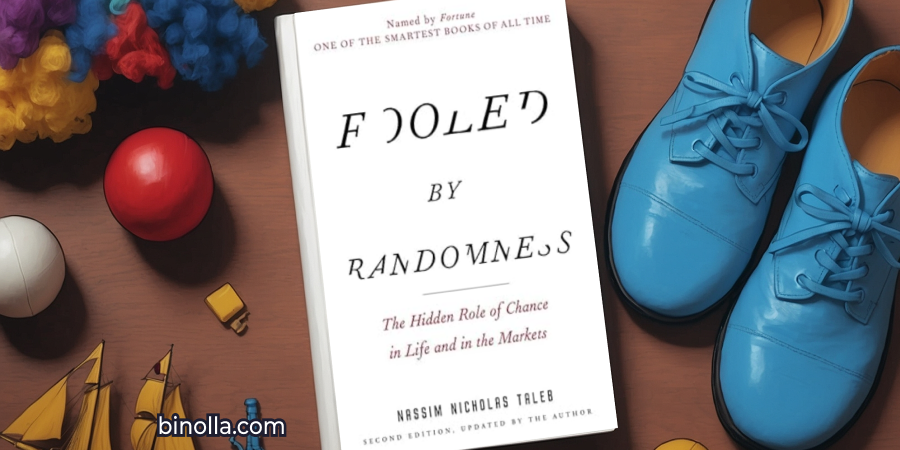
The famous options trader and philosopher has written a book on success and failure in trading. This work allows you to see the mistakes that traders make, especially by taking their success for their good decisions, which may lead to significant losses during negative events without taking into account hidden risks and black swans.
By reading it, you will definitely reevaluate your trading sessions and your assumption of risks. Moreover, you will see how fragile most trading systems are and how important it is to never forget about risks in trading. The book caters to intermediate traders who want to rethink their approach and find inspiration.
Trading for a Living. Rules of a Trader (Alexander Gerchik)

Written by a professional trader with decades of market experience and founder of his own brokerage company, this book can become a practical roadmap for anyone serious about trading. It explores the fundamental rules of risk management, discipline, and psychology, the pillars that separate consistent traders from the rest.
The book feels more like a practical manual than a theory-heavy read, with plenty of real-life examples and clear rules that can be applied immediately in the market. Both beginners and those with trading background will find it useful. By going through its chapters, you will learn how to protect your capital, manage risks properly, and structure a trading plan that reflects your personal goals and style.
Trading Psychology
Often undervalued, trading psychology is a key pillar of success. Every decision that you make in the financial market is driven by your mind. If your decisions are dictated by emotions, you are unlikely to make it through the mazes of price fluctuations. All books that we have brought together in this section cover trading psychology and its impact on trading.
Trading in the Zone (Mark Douglas)
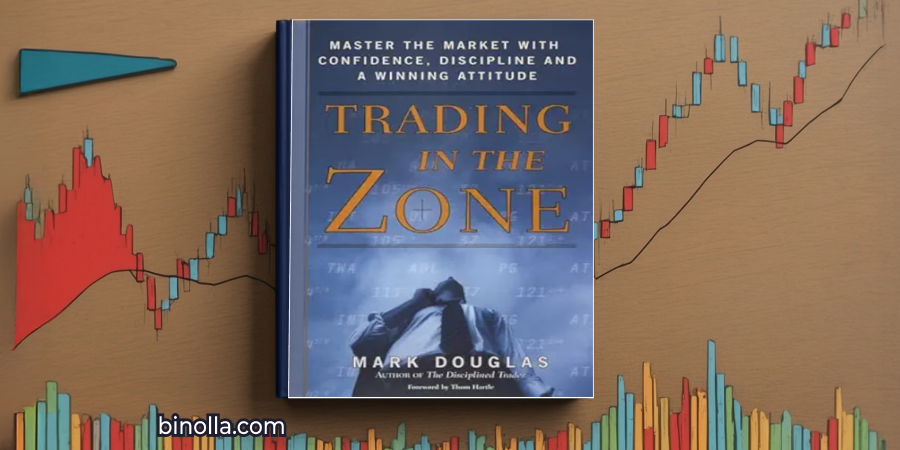
Being a trading psychology pioneer, the author was among the first to introduce the concept of emotional impact on trading. In his book, Mark Douglas explains the irrational behavior of traders and how to get rid of the necessity of being right. The author also underlines the need to form a mindset of consistency.
You won’t find any strategies or charts inside. The idea is to help you remove mental blocks that prevent you from making money in the financial markets. Mark Douglas shows you the worst enemies in your trading sessions and helps you tackle them.
The Disciplined Trader (Mark Douglas)
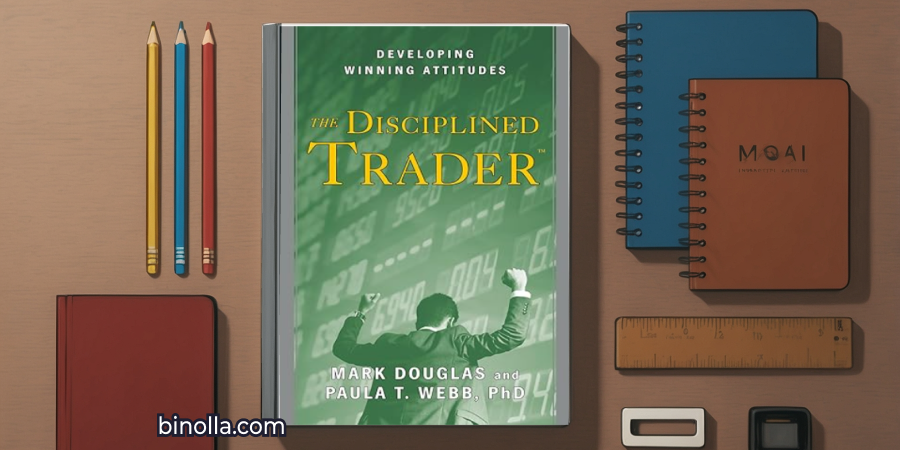
Another work by the famous trading psychologist walks readers through emotional conflicts that every trader faces on their way to success. In particular, the author covers fear of loss and how to set your mind for better trading behavior. While the previous book focuses on probabilities, this one delves into emotional control, which is valuable for both beginner and intermediate traders seeking to improve their results.
The Psychology of Trading (Dr. Brett Steenbarger)
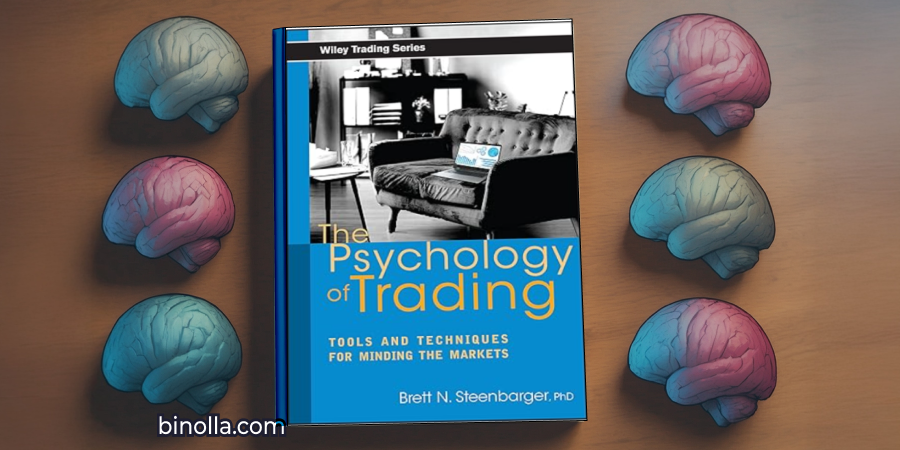
Trading psychologist shares his own experience as a performance coach who worked with various prop trading companies and hedge funds. The book blends clinical psychology and real trading stories, which makes it an interesting read for all categories of traders. The author pays particular attention to such emotions as fear, regret, and overconfidence that prevent most traders from being successful.
Apart from simply describing these emotions, the author provides readers with tools that help them identify emotional triggers and work with them.
The Daily Trading Coach (Dr. Brett Steenbarger)
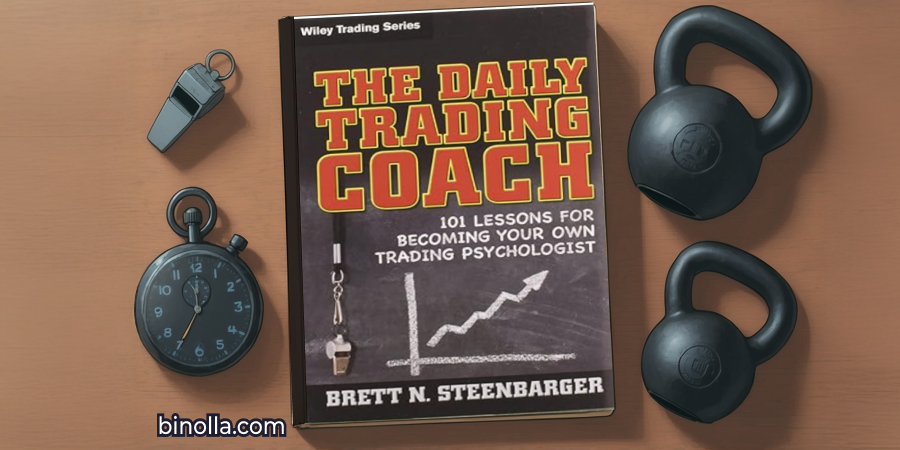
The next book from this author is a kind of guideline with 120 lessons inside. By reading it, you are offered to be in the role of personal trading therapist and coach to guide yourself through mindset shifts.
The book is recommended to intermediate and advanced traders who want to develop various psychological skills like consistency, confidence, and others to improve their trading performance.
Thinking, Fast and Slow (Daniel Kahneman)
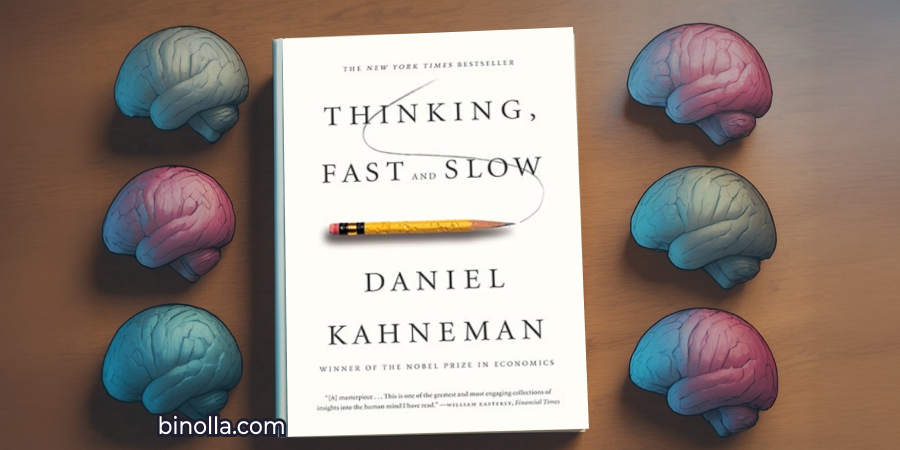
Nobel Prize winner for developments in behavioral economics, Daniel Kahneman, wrote a book that will radically change your perception of decision-making. Kahneman takes two systems – System 1, which stands for fast and emotional decisions, and System 2, which refers to slow and logical decisions.
By reading it, you will see how cognitive biases, loss aversion, and other behavioral patterns may harm your trading sessions. The reading is recommended to intermediate and advanced traders who want to reshape their decision-making skills.
Binolla Trading Guide: How to Make Money with Digital Options

Our brokerage company has released its own book dedicated to digital option trading. It caters to both newcomers and professionals, offering you basic and advanced knowledge, including various trading strategies. By reading it, you will delve into how to start using our platform, how to add analysis tools there, and how to trade and pave your way to success.
The trading guide by Binolla is an all-in-one book that teaches not only about the technical aspects of trading but also shows you the essentials of risk and money management. Moreover, by reading it, you will gain a deeper understanding of trading psychology, which will undoubtedly help you progress from a beginner to a professional trading level. Find our book on Amazon now and use it to improve your trading results!
Conclusion
The list of books in this article is far from being complete. There are plenty of other books that we will definitely cover in our upcoming articles. However, even by reading these, you will definitely find something useful that may change your perception of technical analysis, risks, and trading psychology.
Also, for new and intermediate traders, we recommend our own book on digital options trading, which covers all the aspects from the platform’s basics to trading strategies. The book is available on Amazon.
